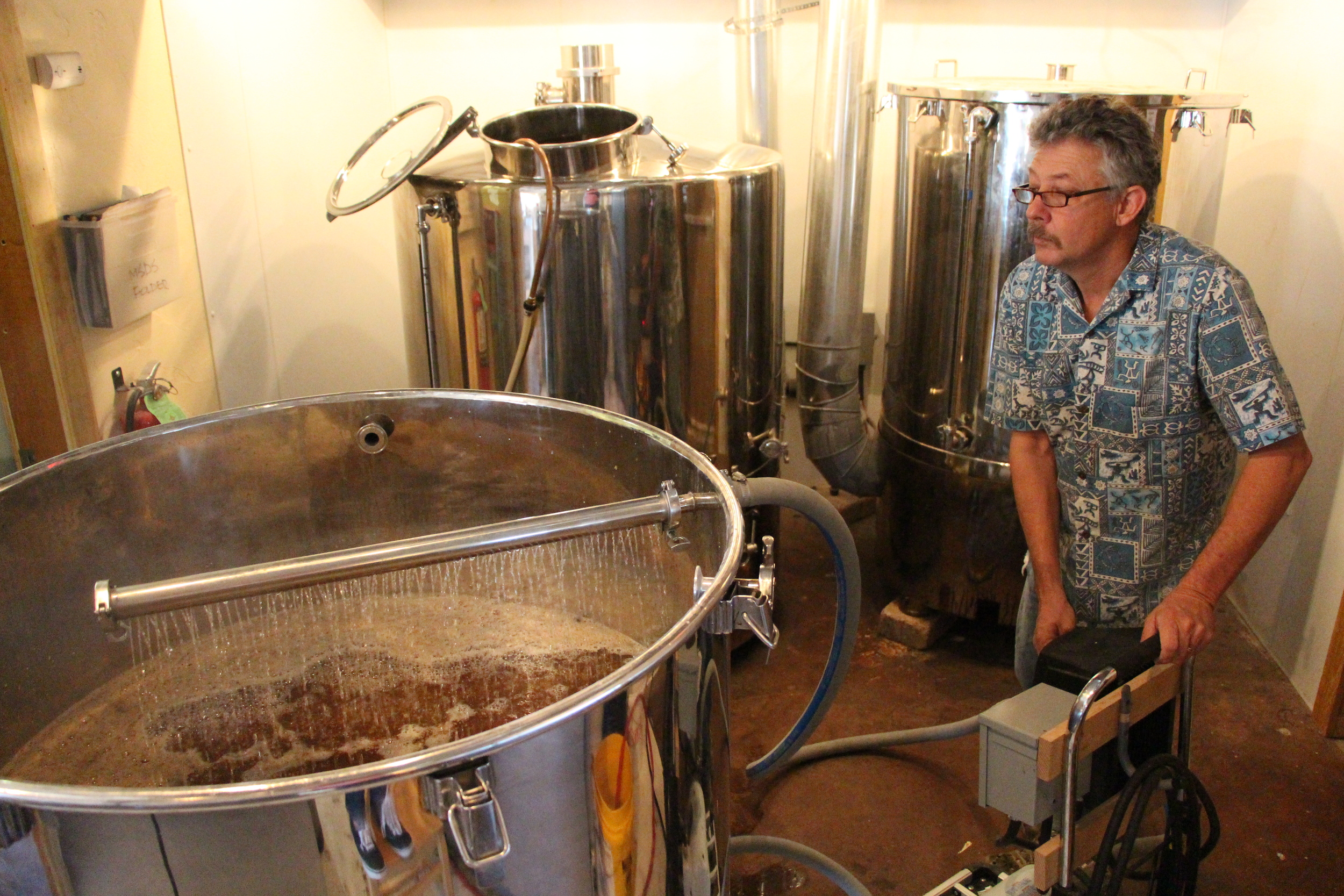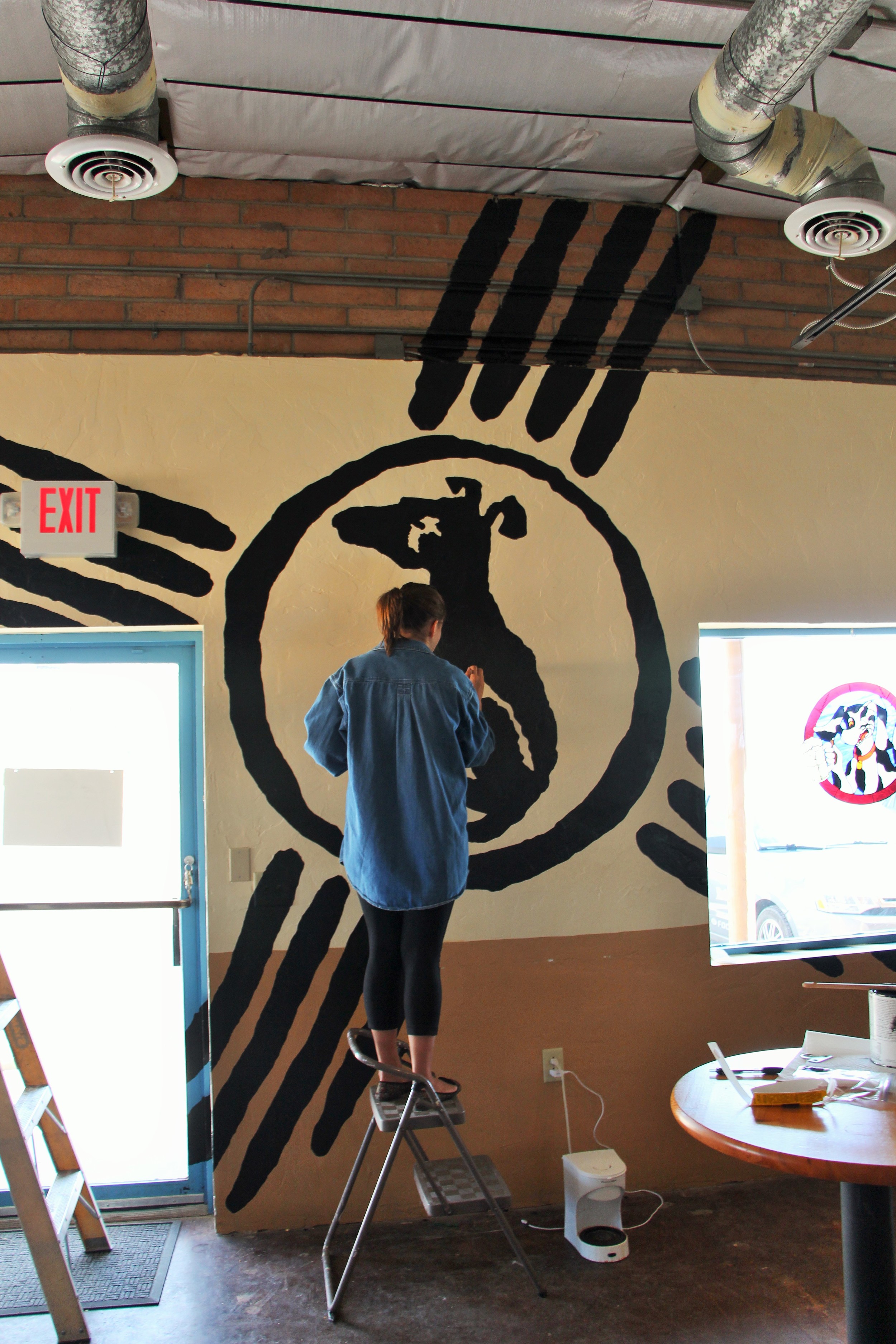Brew Days
As many of you have observed, we are closed Mondays and Tuesdays for brewing. If you drive by, it might look like we have just torn apart the front of the house, replaced the tables with kegs, and are sitting around drinking beer or writing in notebooks—a bit strange, yes. You may have also noticed that we currently don’t offer tours of our brewing facilities, and if you peek around the bright tank room, it may appear that we brew in a tiny corner no larger than your kid’s bedroom. Neither of the observations above would be entirely incorrect, but perhaps it is time to explain what goes on during brew days a bit more—and how that might be changing in the near future!
Of course, the primary function on brew days is brewing beer. With the quantities of beer that we brew, it is not possible for us to do so in the tiny space where we store all the kettles during open hours. As such, we have to close the front of the house so that we can spread out our equipment and have adequate elbow room – not to mention, we need to focus! We also spread things out a bit to disperse heat. Brewing is a very hot process, and giant kettles of boiling grains heat up the place so quickly that we often have the back door propped open a bit as well.
If we are supposedly brewing all day, why do you see us sitting around? Every beer recipe is slightly different, but at the core of brewing is basic chemistry. In order to achieve the transformations in our inputs, we must hit certain temperature points at various intervals, the same way a chemist has to heat up reactions in a lab (but we use a much larger heat source than a Bunson burner). This requires waiting for our giant kettles to get up to temperature, so what better to do than a bit of quality control while we wait? The pints in our hands are beers that have been fermenting, and we use the down time to ponder whether or not it is ready to come on tap. Sometimes we like to just check that the current beers on tap are still quality offerings…
Filling kegs from the fermenters.
We also do some housekeeping on brew days, including cleaning kegs, filling kegs, and improving the front of the house. Cleaning kegs can be a less-than-fun process in which we get all the grime and yeast out of the bottom of our kegs. Every brewery has some degree of trub in the bottom of their kegs, but we do not filter our beer at any point, resulting in a higher level of sediment in our kegs. While cleaning is an ongoing chore for brew days, we also use brew days to modify or improve the pub—like the recently added Zia symbol on the wall! If we are really feeling motivated, we might even update the chalkboard beer menus for what is new on tap this week.
You might be saying, wow Jerry, a painting. Big deal.
What you might not have heard yet is that we want to change our brew day hours. Or that we love the ambiance created by standing room only on weekends, but sufficient elbow room would be nice for our customers too, not just the brewers, and we are working to make that happen. And someday in the near future, we might even have enough room to give tours of the brewing facilities, which won’t be in the front of the house any more.
What?
One of the biggest projects we have been working towards on brew days is expansion. Part of our current expansion is in our local presence – this May we will be participating at the Blazin Brewfest, hosted by the New Mexico Brewers Guild here in Las Cruces. This festival will have beers on tap directly from the breweries, not canned beers through distributors. Tickets are available in house for $15 cash, so ask your servers for more details. They will be $25 at the gate the day of the event, so save yourself some dinero and buy early. Start the Cinco de Mayo celebrations early and come join us!
The other part of our expansion is internal. We have local, state, and federal approval completed, so we think it’s time to spread the news! We are increasing our space, including parking, which you may have already noticed. We will also be building out a patio area in front of the brewery for almost doubled seating area. Not only will this allow us to serve you better with additional space, but we will also be able to brew without shutting off the taps—everyone needs a pint on Monday. I will leave the details to your imagination, but we are growing, summer is coming, and we couldn’t be more excited! Come grab a pint and celebrate with us (once we are done brewing for the week). See you Wednesday!







